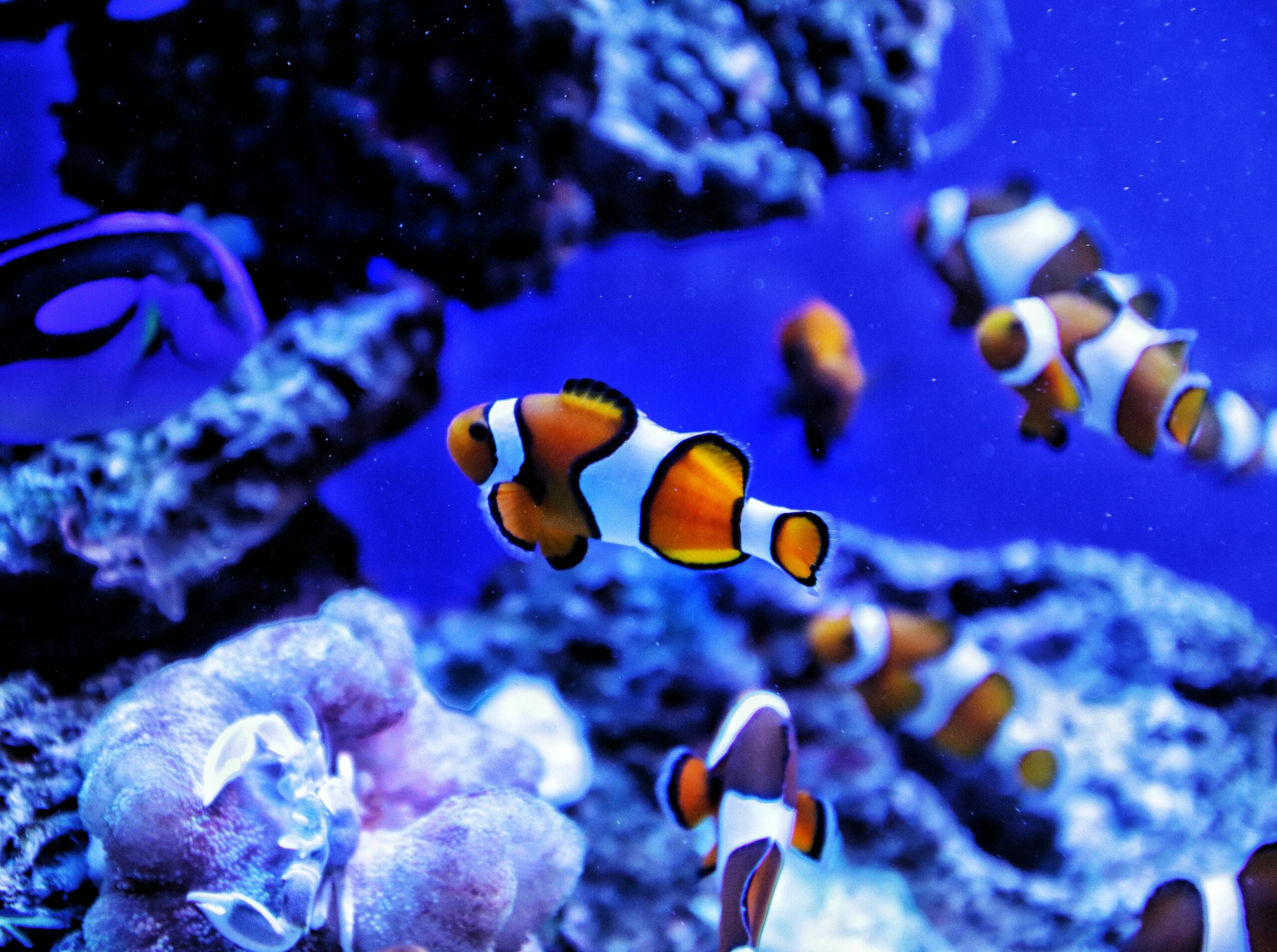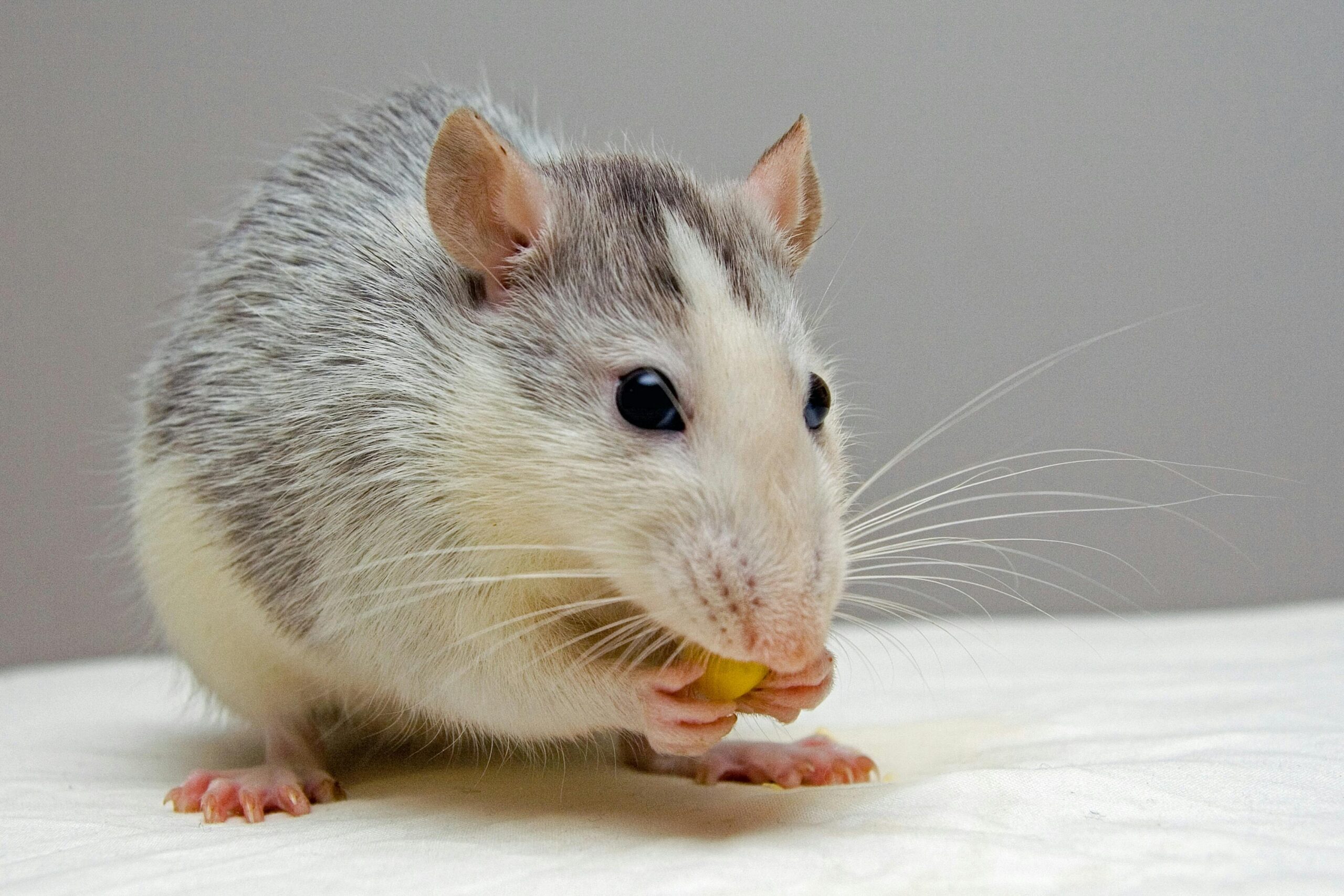(image credit: by Andreas L )
In the underwater world, gender isn’t always set in stone. Clownfish, the beloved orange-and-white reef dwellers made famous by Finding Nemo, are born male—but can switch to female when needed. Here’s how this fascinating biological trait helps ensure their survival.
Nature’s Gender Chameleons
Clownfish aren’t just cute—they’re also incredible examples of nature’s adaptability. Every clownfish is born male. But in a twist of marine biology that sounds straight out of science fiction, they can change their sex and become female when their social structure demands it.
This phenomenon is called sequential hermaphroditism, and in the case of clownfish, it specifically takes the form of protandry—starting life as a male and becoming female later.
A Strict Social Hierarchy
Clownfish live in small groups within sea anemones, forming tightly knit communities. Their social order is strictly based on size and dominance:
The largest fish is the female, the only one who breeds.
The next largest is the breeding male.
All other members are smaller, non-breeding males.
If the dominant female dies, the breeding male changes sex and becomes the new female. Then, the largest of the non-breeding males steps up to become the new breeding male. This transition ensures the group can continue to reproduce without delay.
Why It’s Smart Evolution
This gender-shifting strategy is a brilliant evolutionary adaptation. By allowing roles to shift based on need, clownfish maximize their reproductive success and ensure survival. It’s an efficient, built-in backup plan—no need to wait for a new mate to show up.
Plus, in the vast and often lonely world of coral reefs, finding a new partner isn’t guaranteed. The ability to fill any role within the reproductive system helps maintain population stability.
Nemo’s Real-Life Plot Twist
If Finding Nemo were scientifically accurate, Marlin (Nemo’s dad) would’ve turned into a female after Coral’s death—but that might’ve made for a confusing children’s movie! Still, this fun fact highlights how much more complex the natural world is than we often realize.
The Bigger Picture
Clownfish aren’t the only sea creatures with this ability. Wrasses, gobies, parrotfish, and some groupers also exhibit sequential hermaphroditism—some even going the other way, from female to male (protogyny). It’s just one more reminder that the ocean is full of strange and spectacular surprises.


